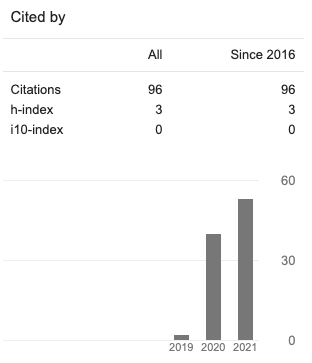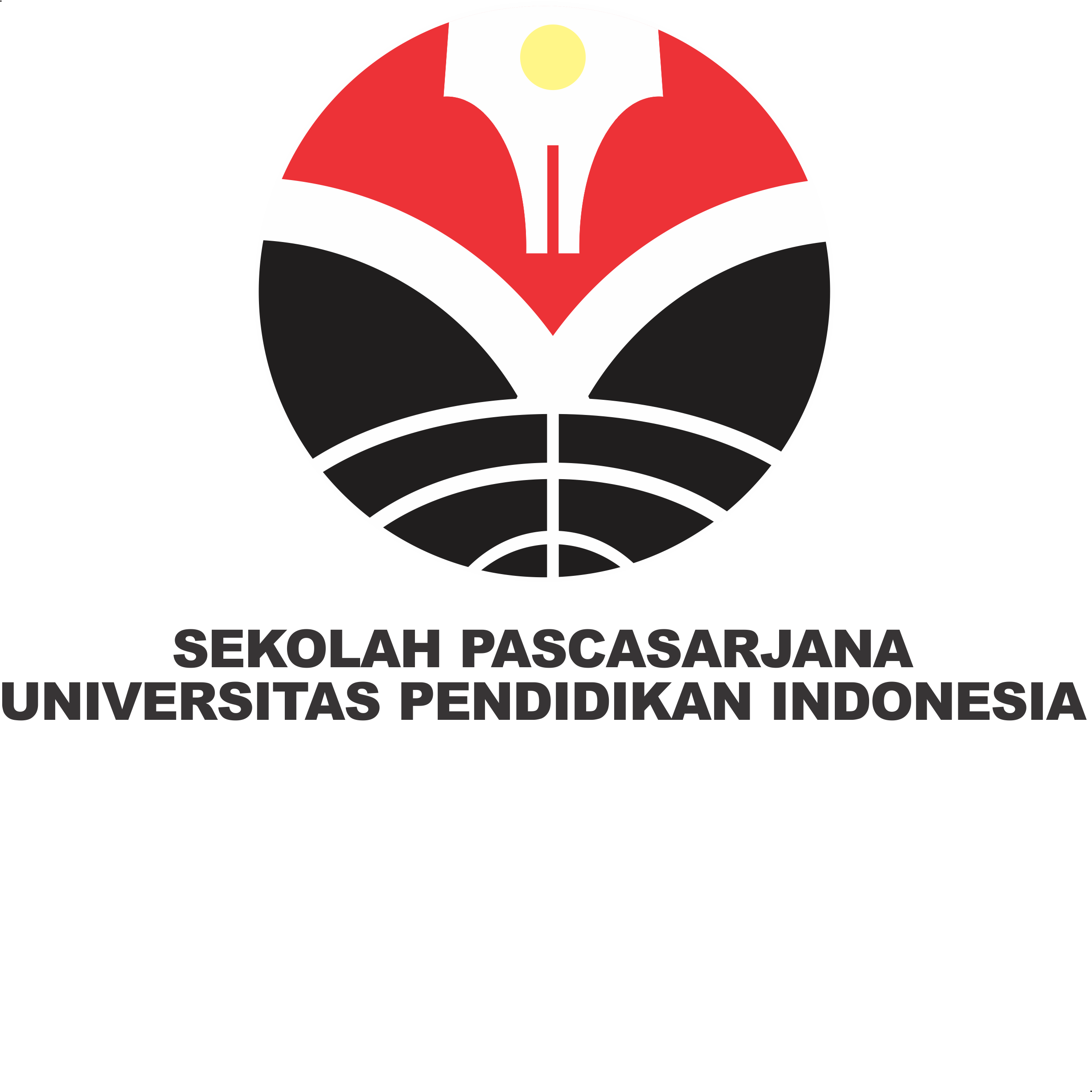Ensuring CT With Three-Dimentional Integrated Assessment
Abstrak
Computational Thinking (CT) is one of the fundamental abilities in the 21st century, while assessment is one of the most important activities in the learning process. Unfortunately, until now there are still a few assessment instruments that ensuring student CT capability, particularly for elementary grade. Based on several previous studies, we conclude the most effective way to design assessments for CT is by Three-Dimensional Integrated Assessment (TDIA) framework. TDIA has two objectives, that is integration between 3 important components in the assessment (direct, open, and process based) and 4 components of CT, that consist of abstraction, decomposition, pattern recognition, and algorithm. The research is done by Development Research. We hope the results will show types of assessment instrument which are expected to accurately measure student CT skills. In addition, also increase CT recognition as knowledge and skills that must be possessed by Science, Technology, Engineering, and Mathematics educators and practitioners















